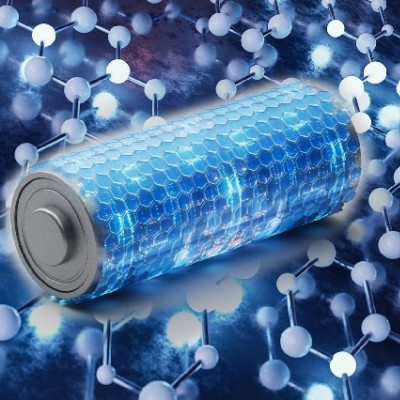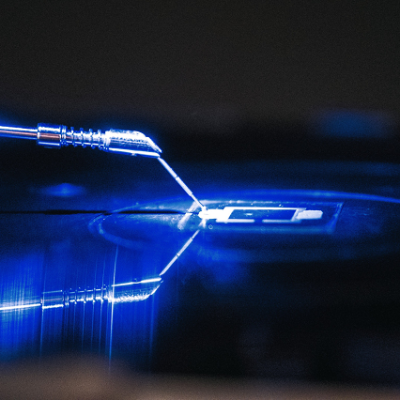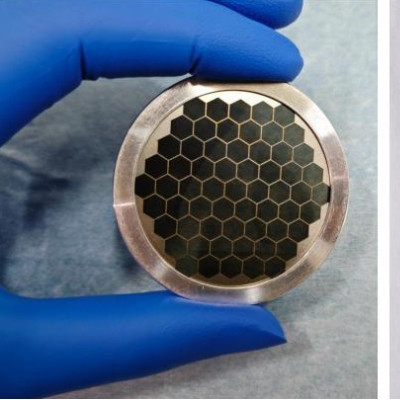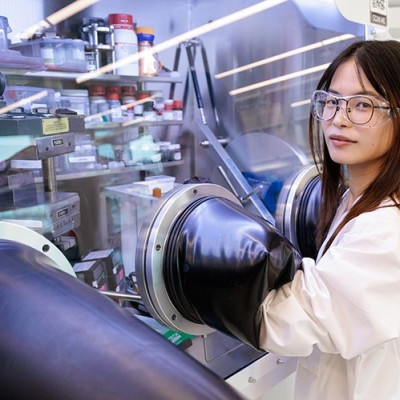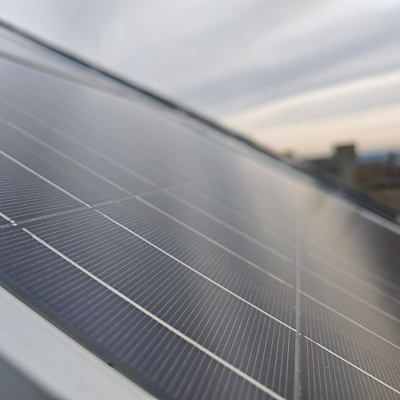A group of nanoengineering researchers at Lund University working on solar cells made a breakthrough last year when they succeeded in building photovoltaic nanowires with three different band gaps. This, in other words, means that one and the same nanowire consists of three different materials that react to different parts of solar light. The results have been published in Materials Today Energy and subsequently in more detail in Nano Research.
“The big challenge was to get the current to transfer between the materials. It took more than ten years, but it worked in the end,” says Magnus Borgström, professor of solid state physics, who wrote the articles with the then doctoral student Lukas Hrachowina.
There are some ten research teams around the world who are actively focusing on nanowire solar cells.
“The challenge has been to combine different band gaps in the solar cells and that door has thus now opened at last,” says Magnus Borgström.
Alternative to silicon in the future
Solar cells with different band gaps, known as tandem solar cells, are so far mainly found on satellites and are the subject of intensive research. The aim of the research is to considerably increase efficiency, to perhaps double that of today’s commercial silicon solar cells (around 20 per cent).
“Silicon solar cells have soon reached their maximum limit for efficiency. Therefore, the focus has now shifted to developing tandem solar cells instead. The variants fitted on satellites are too expensive to put on a roof,” says Magnus Borgström.
The most common way to build tandem solar cells is to synthesise different semiconducting materials on top of each other, materials that can absorb different parts of the solar spectrum. Silicon-based tandem solar cells are attracting a lot of interest and involve laying thin, semi-transparent films of other light-capturing material on top of the silicon.
The researchers in Lund use a slightly different approach. They have developed a method in which they build extremely thin rods of semiconducting material on a substrate. The advantage is a small amount of material per unit area, which could reduce production costs and become a more sustainable alternative.
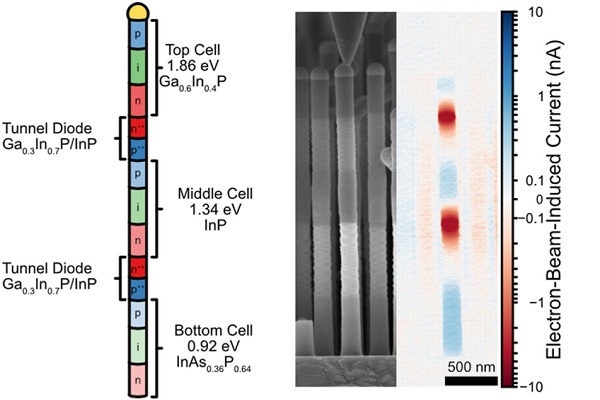
Nanowires in three materials imaged by a scanning electron microscope. A thread is a thousand times thinner than a strand of hair. The red and blue colour shows the direction of the current, and that the nanowires work as a tandem solar cell
The nanometre-thick rods consist of three materials that contain different amounts of indium, arsenic, gallium and phosphorus. In the lab, the researchers have so far achieved an efficiency of 16.7 per cent. A colleague, Yang Chen, has shown that the nanowire solar cells have the potential to reach 47 per cent efficiency using the current structure. Achieving even higher efficiency requires more band gaps.
In the next step, he and his colleagues will optimise the triple diodes by improving the tunnel junctions that connect the different materials in the structure and attempt to reduce the effect of the nanowires’ surface, which is very important on a nanoscale. He was recently granted project funding for this purpose by the Knut and Alice Wallenberg Foundation’s initiative for sustainable materials, WISE.
Besides their improved light absorption, the nanowire solar cells are characterised by their durability as they can, for example, withstand the harmful radiation in space better than the corresponding film-based tandem solar cells.
“A sheet of nanowires can be likened to a very sparse bed of nails. If some aggressive protons came along, which happens now and then, they would probably land between the wires and if they happened to eliminate some wires, it would not matter very much. The damage could be worse if they land on a regular thin film.”
Testing in space during the spring
These advantages led to the nanowire solar cells being recently fitted on a research satellite, which was sent into space in the second week of January by the researchers’ collaboration partners at the California Institute of Technology, Caltech, in the USA.
“A lot of our digital communication is controlled by satellites, which in turn are powered by solar cells. Satellites convey GPS, TV transmissions, data traffic, mobile phone calls and weather data.”
The satellite will be in orbit during the spring, and the results are expected to be received on an ongoing basis.
Magnus Borgström thinks tandem solar cells will also wind up on Earth in the long term but that, at least initially, silicon-free solar cells will be used in niche applications such as clothes, windows and decor.
Read the original article on Lund University.


